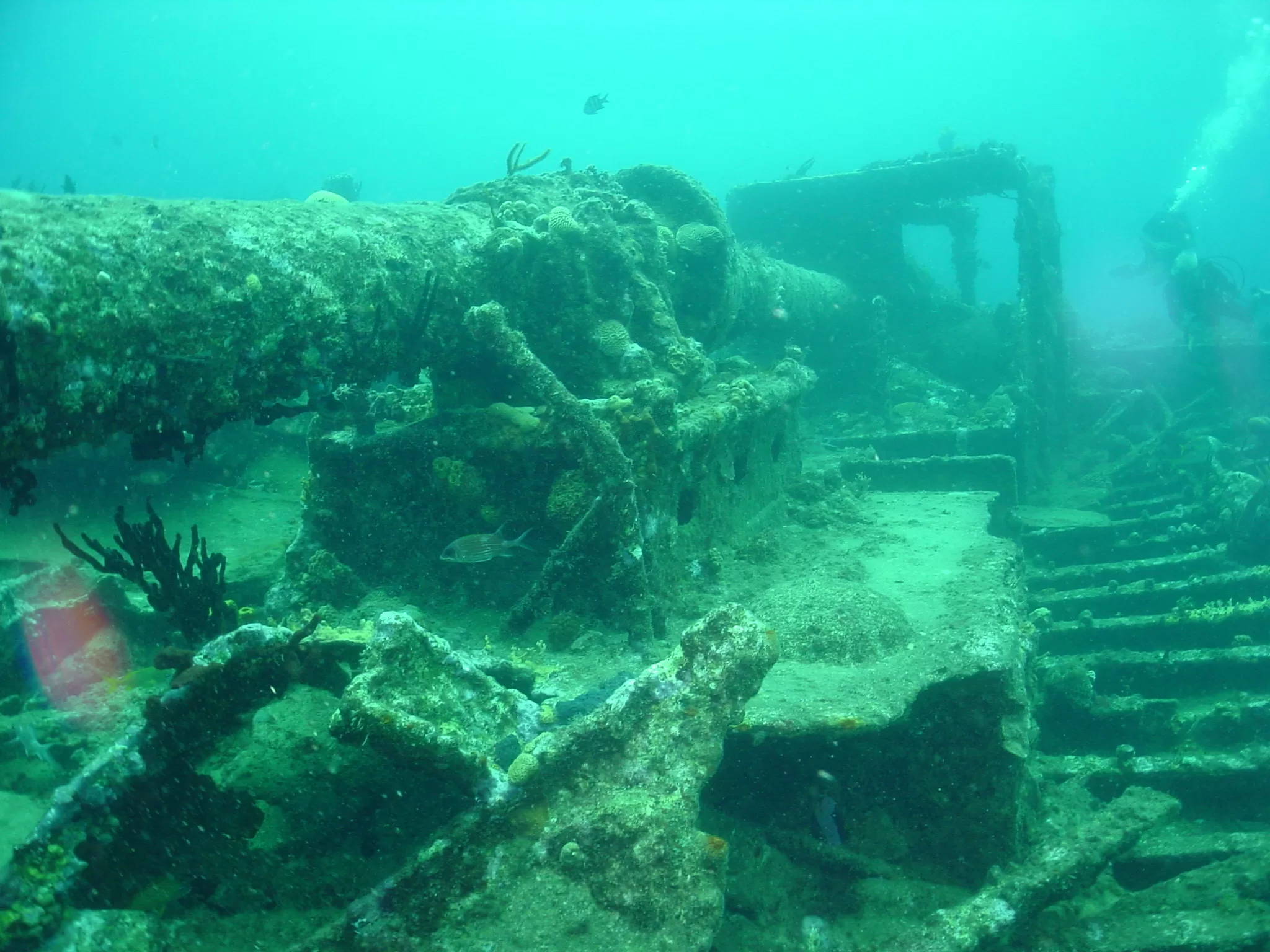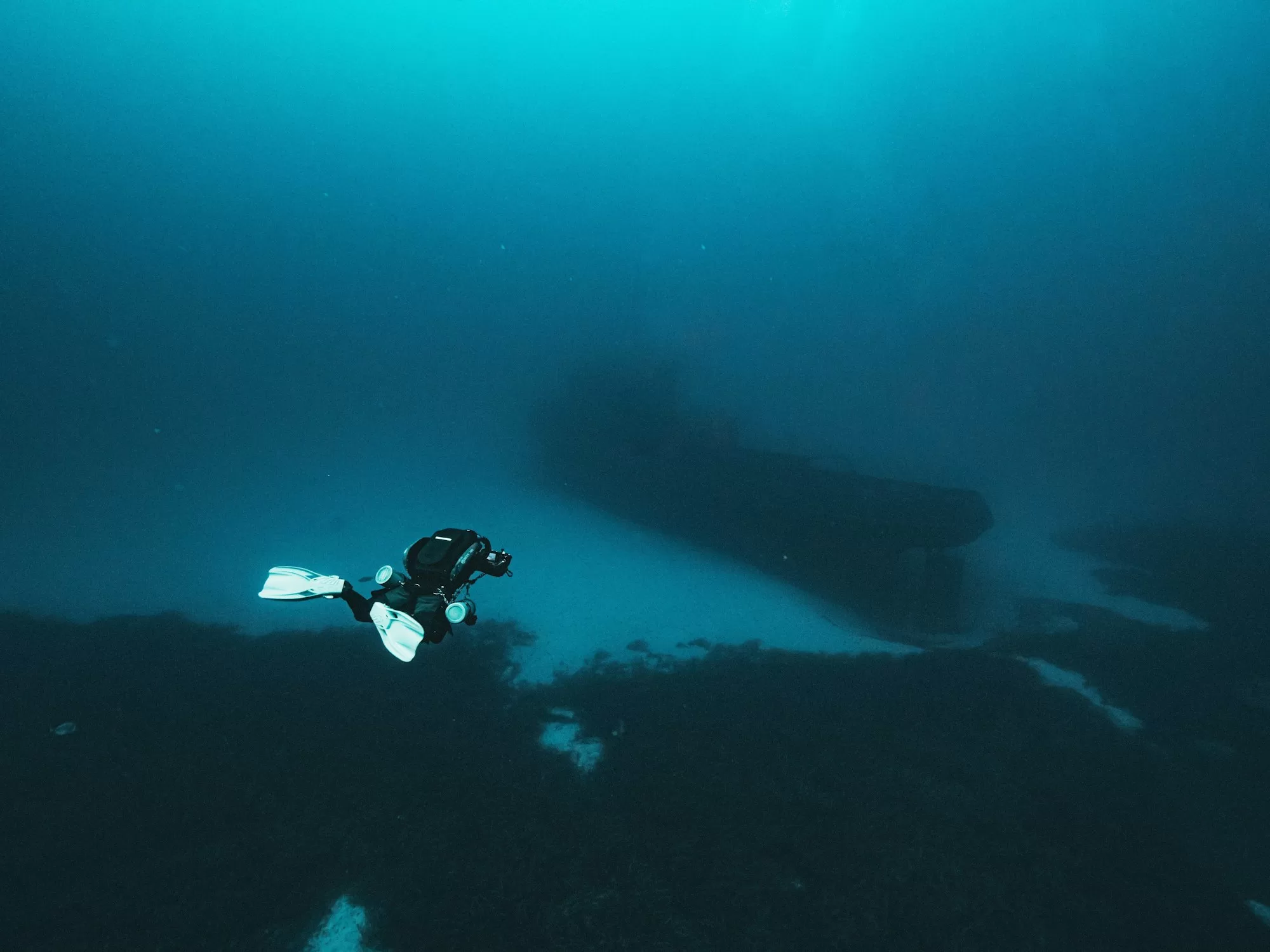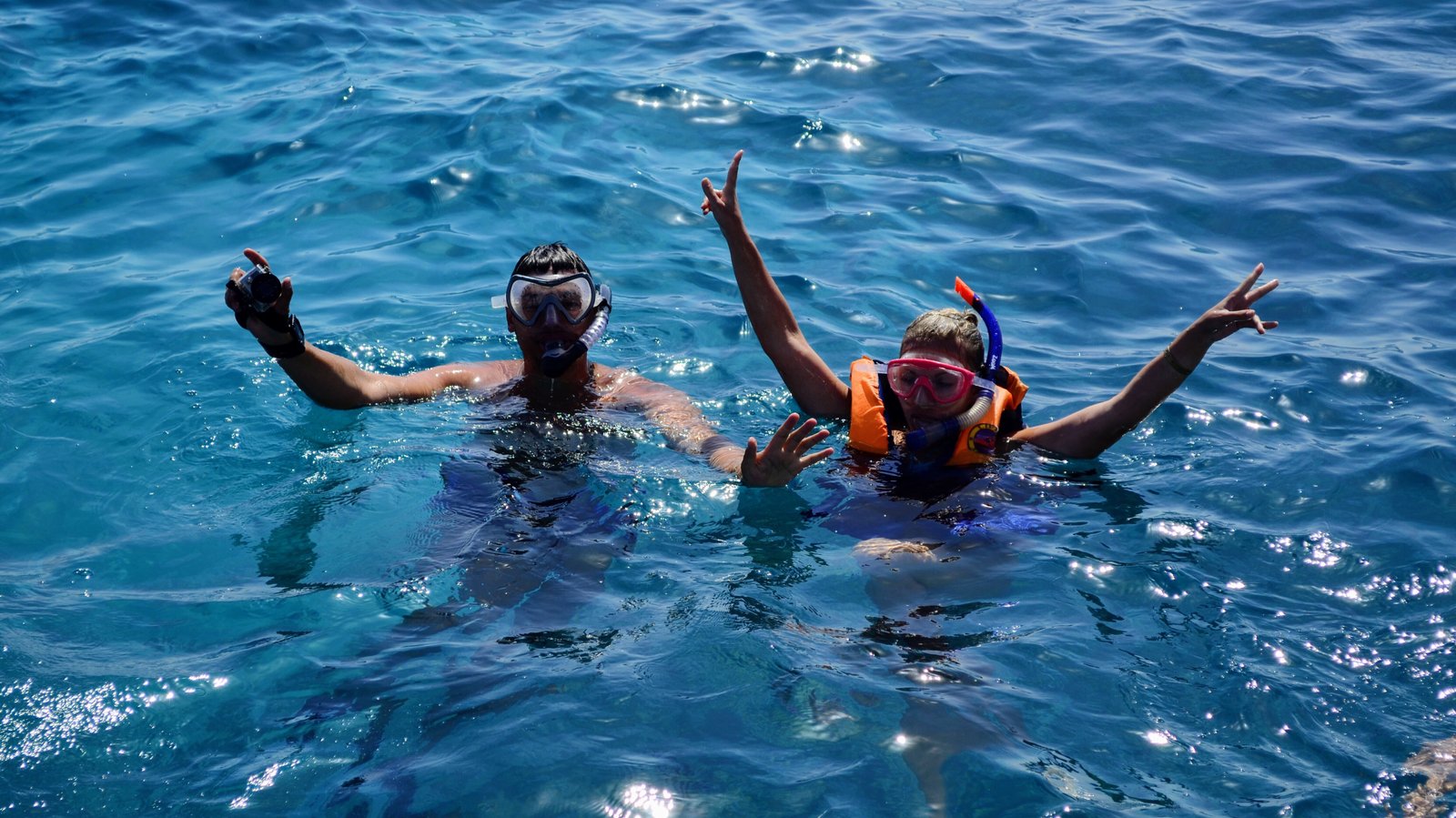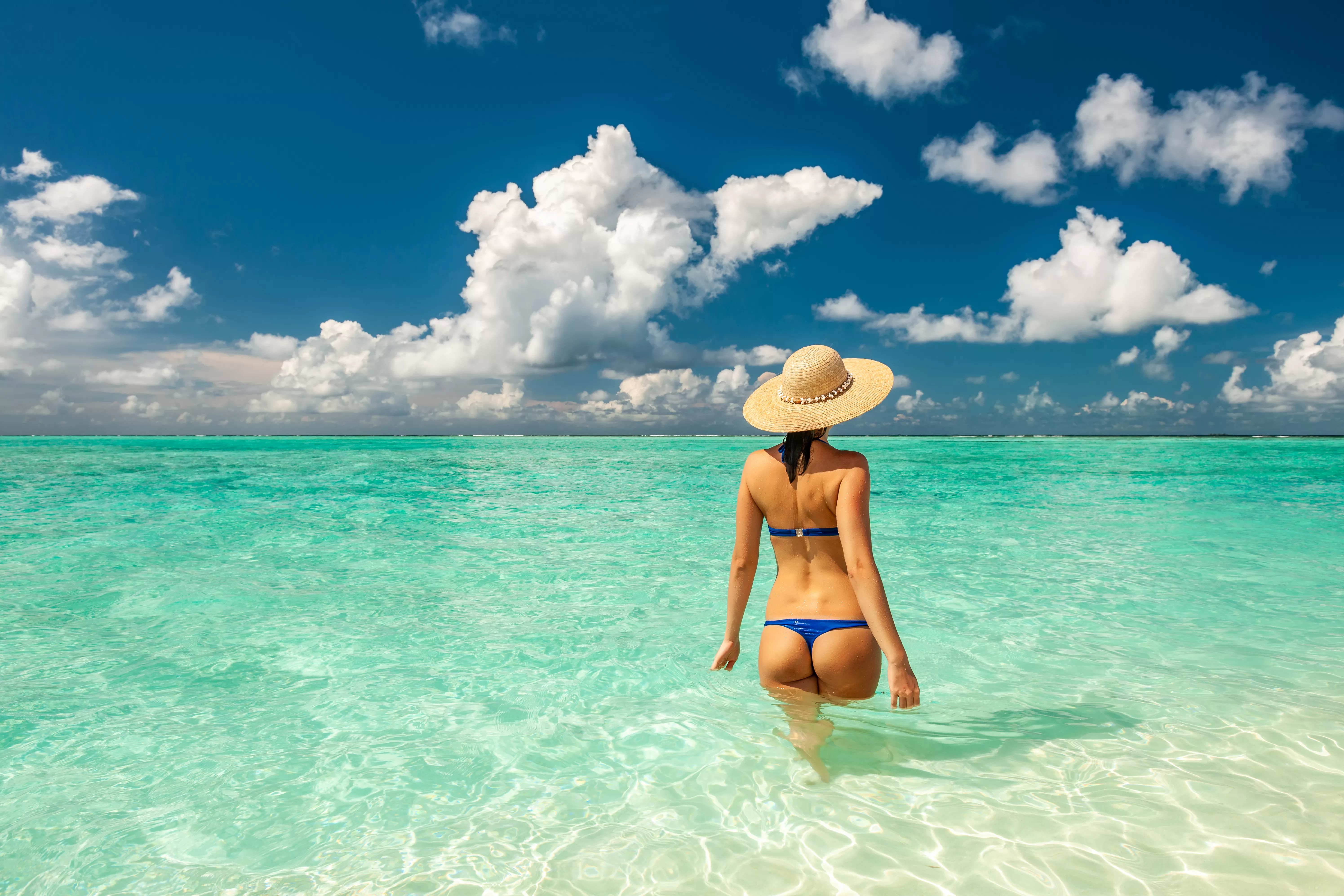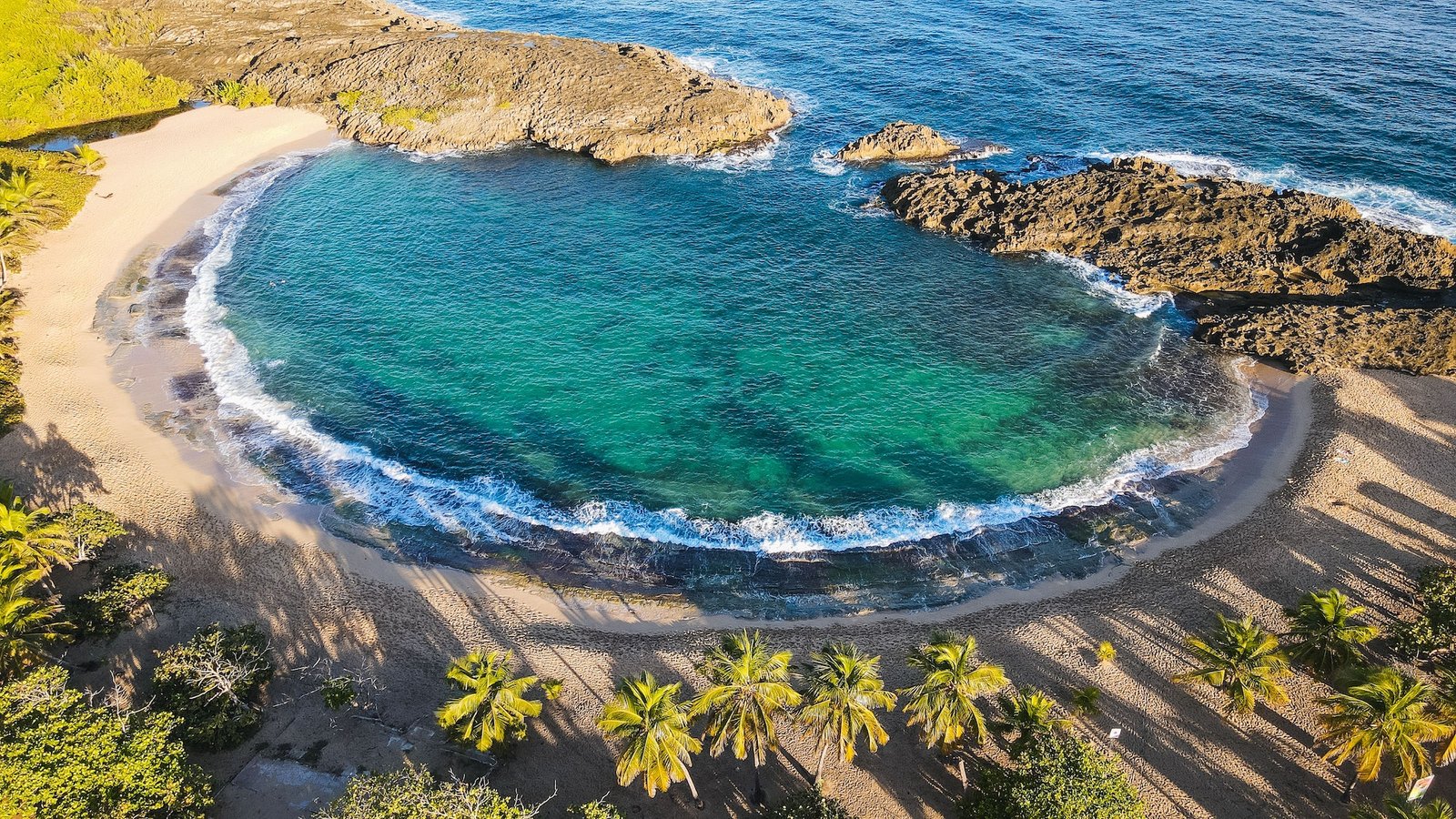Aruba, often hailed as a jewel in the Caribbean, is a vibrant island known for its stunning beaches, warm weather, and friendly locals. It’s a paradise for sun-seekers and adventure enthusiasts alike. But beneath the crystal-clear waters lies a hidden treasure that adds an extraordinary layer to this already fascinating destination – the sunken remains of The Antilla, one of the Caribbean’s most famous shipwrecks.
Scuba diving at The Antilla offers a unique opportunity to blend history with adventure. This underwater site isn’t just a dive; it’s a journey back in time, providing a glimpse into a pivotal moment in history. As you descend into the depths where The Antilla rests, you’ll be entering a world few have the chance to explore. It’s an experience that combines the thrill of discovery with the serene beauty of the underwater world, making it a must-do for any diving enthusiast visiting Aruba.
The Story of The Antilla
The Antilla, a German cargo ship, has a story as intriguing as the marine life that now inhabits its wreckage. During World War II, the ship found its final resting place in the waters off Aruba. In May 1940, fearing capture by the Dutch authorities after Germany invaded the Netherlands, the crew scuttled the ship to prevent it from falling into enemy hands. As a result, The Antilla, measuring over 400 feet in length, became one of the largest shipwrecks in the Caribbean.
Over the years, The Antilla has transformed from a sunken war relic into a thriving marine habitat, capturing the fascination of divers from around the world. The wreck is now encrusted with coral and is home to a diverse array of marine life, including tropical fish, lobsters, and even the occasional sea turtle. Its historical significance, coupled with the surreal experience of exploring the massive wreck, has cemented The Antilla’s status as a premier dive site in Aruba.
Preparing for Your Dive
Scuba diving in Aruba, especially at a historical site like The Antilla, requires some preparation to ensure a safe and enjoyable experience. Firstly, ensure you’re comfortable with your diving skills. If you’re new to diving or wreck diving, consider taking a specialized course. Aruba offers various dive shops that provide PADI-certified wreck diving courses, which are ideal for preparing you for the unique challenges and experiences of wreck diving.
Some recommended dive shops in Aruba include Pure Diving Aruba, Happy Divers Aruba, and Dive Aruba. These shops offer courses ranging from beginner to advanced levels and provide equipment rentals if you don’t have your own. They can also arrange guided dives to The Antilla, which is highly recommended for first-timers.
When diving The Antilla, expect to encounter varying conditions. The depth of the wreck ranges from 60 to 110 feet, making it accessible to intermediate divers. Currents can be strong, so it’s vital to dive with a group or a guide who knows the area well. You’ll be briefed on the specific conditions on the day of your dive, as they can change with the weather.
The Dive Experience
Diving down to The Antilla is like entering another world. The visibility in Aruba’s waters can range from 50 to 100 feet, allowing you to witness the full majesty of the wreck. As you approach, the massive structure of The Antilla emerges from the blue, a haunting yet mesmerizing sight.
One of the highlights of exploring The Antilla is the sheer size of the wreck. It’s so large that it’s impossible to see it all in one dive. Each dive can offer a new experience, whether it’s exploring the ship’s massive propeller or swimming through the cargo holds. You’ll be amazed by the coral growth and the vibrant marine life that now calls the wreck home.
While diving, it’s crucial to respect safety and environmental guidelines. Remember not to touch or take anything from the wreck. Not only is it a safety hazard, but it’s also essential to preserve the site for future divers. Always follow your dive leader’s instructions and be mindful of your air supply and dive depth.
Diving The Antilla is an unforgettable experience, combining the thrill of exploration with a profound sense of history. It’s a dive that stays with you long after you’ve surfaced.
Photography Tips for Wreck Diving
Capturing the haunting beauty of The Antilla and its marine life requires some specialized photography skills. First and foremost, understand the lighting challenges underwater, especially in a wreck. Using a flash or a dive light is crucial to bring out the vivid colors of the coral and fish that are often lost in the blue underwater environment.
For stunning shots of The Antilla, a wide-angle lens is your best friend. It allows you to capture the grandeur of the wreck in its entirety. If you’re more interested in the macro life, like the small fish and intricate coral formations, a macro lens will help you capture these details.
Stabilization is key in underwater photography. Currents and your own buoyancy can make it challenging to keep the camera steady. Practice neutral buoyancy and consider using a tripod or a camera tray for stability.
Lastly, patience and respect for the environment are vital. Wait for the perfect shot without disturbing the marine life. Remember, the best photo is the one taken without harming the natural habitat.
Beyond The Antilla: Other Dive Sites in Aruba
Aruba’s underwater landscapes offer a variety of dive sites beyond The Antilla, each with its unique charm.
- The Jane Sea Wreck: Another popular wreck dive, the Jane Sea is a freighter that lies at a depth of around 90 feet. It’s known for its large moray eels and the schools of barracuda that often patrol the waters around it.
- The Pedernales Wreck: A World War II lake tanker, this wreck is perfect for beginner divers due to its shallow depth. It’s a great site for spotting angelfish, parrotfish, and even sea turtles.
- Reef Dives: For those who prefer reef diving, Arashi Reef and Mangel Halto offer vibrant coral formations and a diverse range of marine life. These sites are excellent for both novice and experienced divers.
Each of these sites offers a different experience compared to The Antilla. The Jane Sea and The Pedernales provide additional historical intrigue, while the reef dives showcase the colorful and lively side of Aruba’s marine ecosystems. Together, they present a well-rounded view of the underwater beauty that Aruba has to offer.
Concluding Thoughts
Diving The Antilla is more than just exploring a shipwreck; it’s an immersive experience that connects you with a piece of history lying silently in the depths of Aruba’s blue waters. The ghostly structure, now a bustling habitat for marine life, tells a story of time’s passage and nature’s resilience. Whether you’re a seasoned diver or a curious beginner, the wreck of The Antilla offers an unparalleled adventure that resonates long after you’ve resurfaced.
Aruba’s underwater world is a treasure trove waiting to be discovered. Beyond The Antilla, the island’s reefs and other wrecks offer diverse and vibrant marine experiences. Each dive site, with its unique ecosystem and charm, contributes to the rich tapestry of Aruba’s underwater allure. So, as you surface from the depths of The Antilla, let your curiosity guide you to the other underwater wonders that this beautiful island has to offer.
FAQ Section
Q: Do I need special certification to dive The Antilla?
A: While special wreck diving certification is not mandatory, it’s recommended for safety and a fuller appreciation of the dive. A minimum of an Open Water Diver certification is required.
Q: What is the best time of year to dive The Antilla?
A: You can dive The Antilla year-round, but the best visibility and conditions are typically from April to November.
Q: Is the wreck suitable for beginner divers?
A: The upper parts of the wreck are accessible to beginner divers. However, due to its depth and potential currents, intermediate skills are recommended for the full experience.
Q: How long does a dive at The Antilla usually last?
A: A typical dive at The Antilla lasts about 45 to 60 minutes, depending on your air consumption and dive plan.
Q: Can I penetrate the wreck?
A: Penetration of the wreck is possible in certain areas, but it’s recommended only for experienced divers with wreck penetration training.
Q: What marine life can I expect to see at The Antilla?
A: Expect to see a variety of marine life including tropical fish, lobsters, moray eels, and occasionally sea turtles. The wreck is also covered in beautiful coral formations.
Q: Are there any environmental concerns about diving The Antilla?
A: As with all dive sites, it’s important to dive responsibly. Avoid touching the wreck or the marine life, and do not remove anything from the site to preserve it for future divers.
Exploring The Antilla and the waters of Aruba is a journey that combines adventure, history, and the marvels of the underwater world. It’s an experience that divers cherish and remember as a highlight of their diving adventures.
